Plants, seaweed »
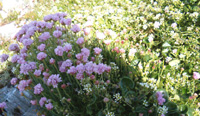
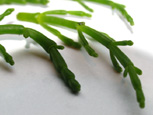

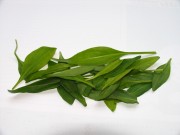
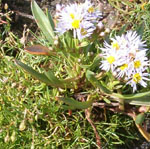
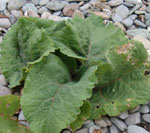
|
The Sea (water) as last resource
Welcome »

Clear skies, a blazing sun and the sea
Desert land
Little or no water.
Acting as a giant sponge, the salt marsh absorbs/hold large volumes of water, thus minimizing the impacts of flooding, evaporation and erosion and recharging groundwater. Moreover, salt marshes plants help purify water by absorbing toxins. Salt marshes are among the most productive food factories on earth.
Larger algae and eel grass,( a seed plant), are the basis of the marshes and provide food as they decay. Diatoms coating the mud surface do photosynthesize as well. Some tidal movement is important because they will work best at the surface.
The salt marsh is more than the barren, muddy tangle of weeds that it might first appear. The primary source of food for the estuary originates in the thick salt marsh vegetation itself. Only a small amount is consumed directly; most is decomposed by bacteria and fungi into minute particles, (nutrients) doubling the protein content of the dead plant. It creates a nutritious "sea soup" which forms the base of the estuarine food chain. . Estuaries tend to collect/hold-on to nutrients, making them available for the plants there. Many nutrients are held in the system by cycling through animals. For example, the ribbed mussel siphons a gallon of water per hour.
Remedy
Salt water marshes /grazing.
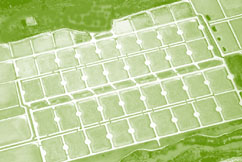
Large scale introduction of salt water plants can offers new perspectives. Desert land can be used for the growing of salt water plants and seaweeds, and production of bio petrol.
|
Sun, Sea & beaches

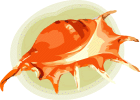



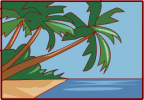
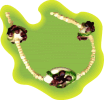
|